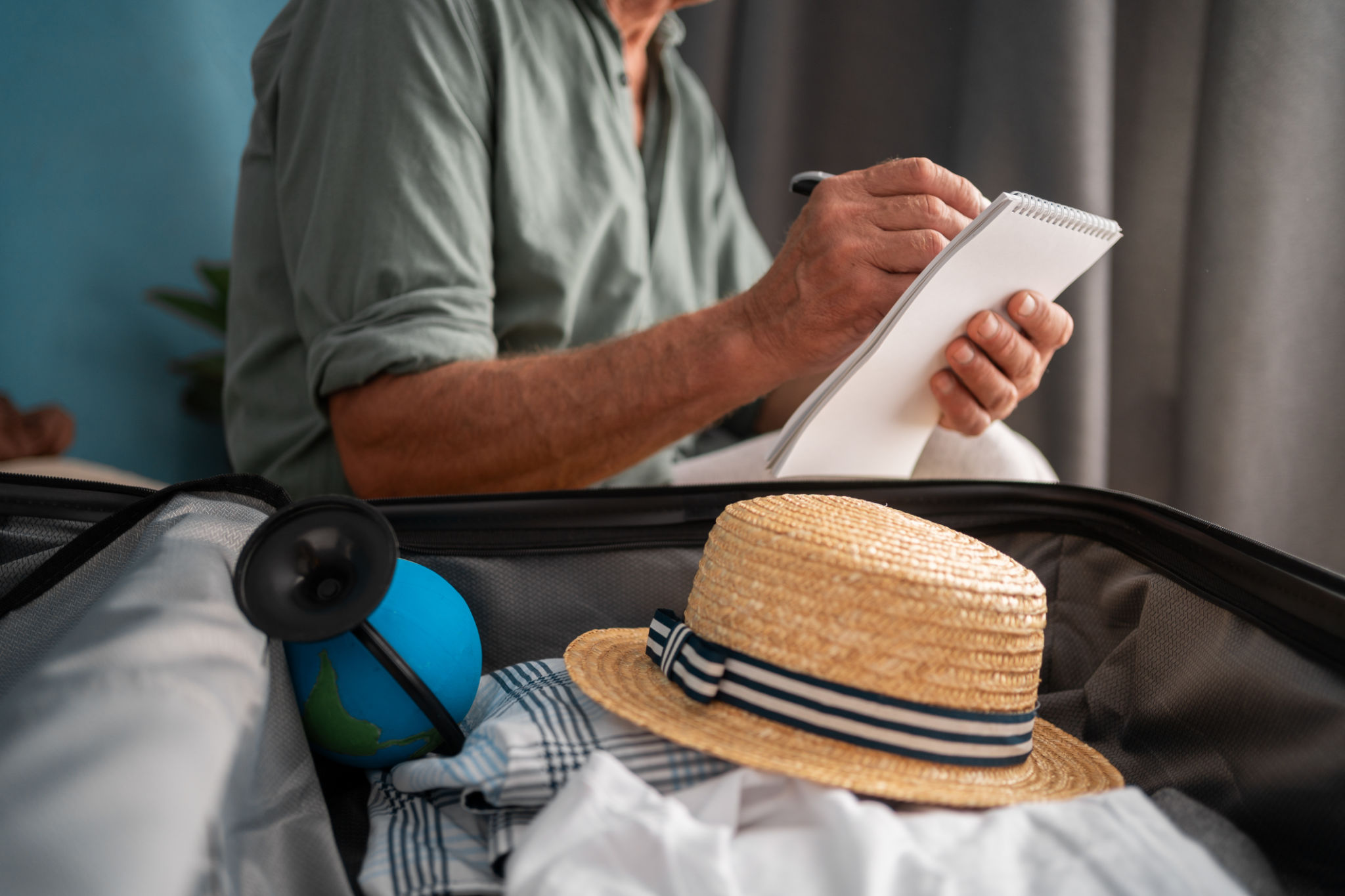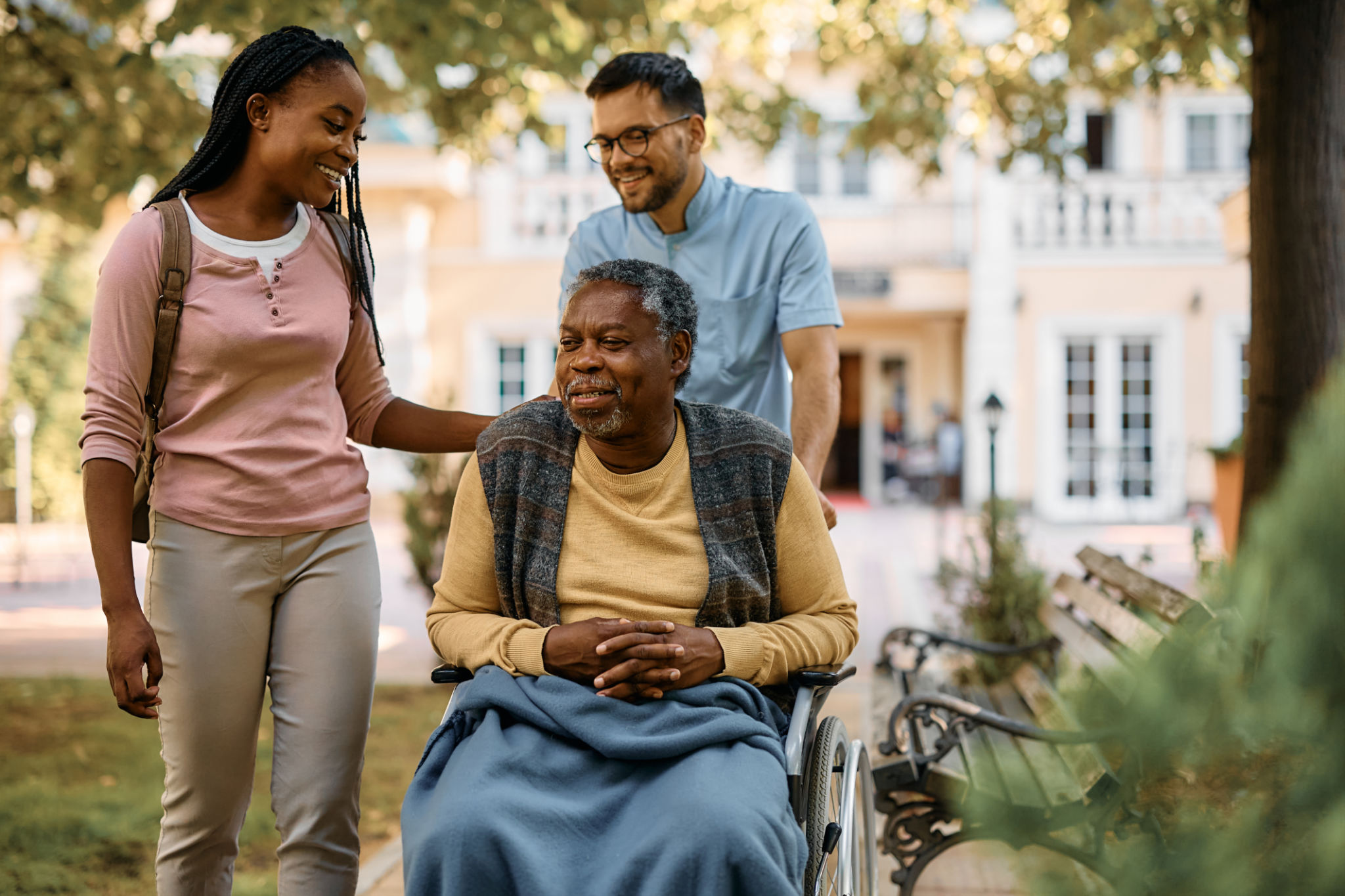Seasonal Checklist: Preparing Your Loved One for a New Senior Living Environment
Understanding the Transition to a Senior Living Environment
Moving a loved one to a new senior living environment is a significant transition that involves careful planning and consideration. It’s essential to recognize that this move is not just about changing locations but also about adjusting to a new lifestyle. Ensuring a smooth transition can greatly enhance your loved one's comfort and overall experience.
One of the first steps in preparing for this transition is to have an open and honest conversation with your loved one. Understand their needs, preferences, and any concerns they may have about moving. This dialogue will help in making informed decisions that cater to their comfort and happiness.

Creating a Personalized Space
When preparing for a move to a senior living environment, personalizing the new space can make a significant difference. Familiar items that bring joy and comfort should be prioritized. These might include cherished photographs, favorite books, or a beloved piece of furniture.
It’s also important to consider the layout and accessibility of the new space. Ensure that the room is organized in a way that is both functional and safe, minimizing potential hazards and accommodating any mobility needs.
Essential Items to Pack
Creating a checklist of essential items can help ensure that nothing important is left behind. Consider including:
- Clothing suitable for the season and climate
- Personal care items
- Medications and medical records
- Comfort items such as blankets or pillows

Managing Emotional Well-being
The emotional aspect of transitioning to a new living environment is just as important as the physical move. It’s natural for seniors to feel anxious or apprehensive about the change. Providing emotional support can greatly ease these feelings.
Encourage your loved one to maintain social connections by participating in community activities within their new environment. Engaging in hobbies or group activities can foster a sense of belonging and community.

Navigating New Routines
Adjusting to new routines is part of settling into a senior living environment. It’s beneficial to establish a daily schedule that includes time for meals, medications, and leisure activities. Consistency can provide structure and a sense of normalcy.
Communicate with staff members to ensure they are aware of any specific needs or routines your loved one may have. Their support can be invaluable in helping your loved one adapt smoothly.
Regular Check-ins and Visitations
Frequent check-ins and visitations play a crucial role in supporting your loved one’s transition. Regular visits provide reassurance and help maintain strong family connections, which are vital for emotional well-being.
During visits, take the opportunity to observe how your loved one is adjusting and address any concerns they may have. Open communication with both your loved one and the staff can ensure any issues are promptly resolved.

Encouraging Independence
While it's important to offer support, encouraging independence can empower your loved one in their new environment. Allow them to make choices about their daily activities whenever possible, fostering a sense of autonomy.
Ultimately, the goal is to create an environment where your loved one feels comfortable, secure, and happy. By following this seasonal checklist, you can contribute positively to their transition into a new senior living environment.